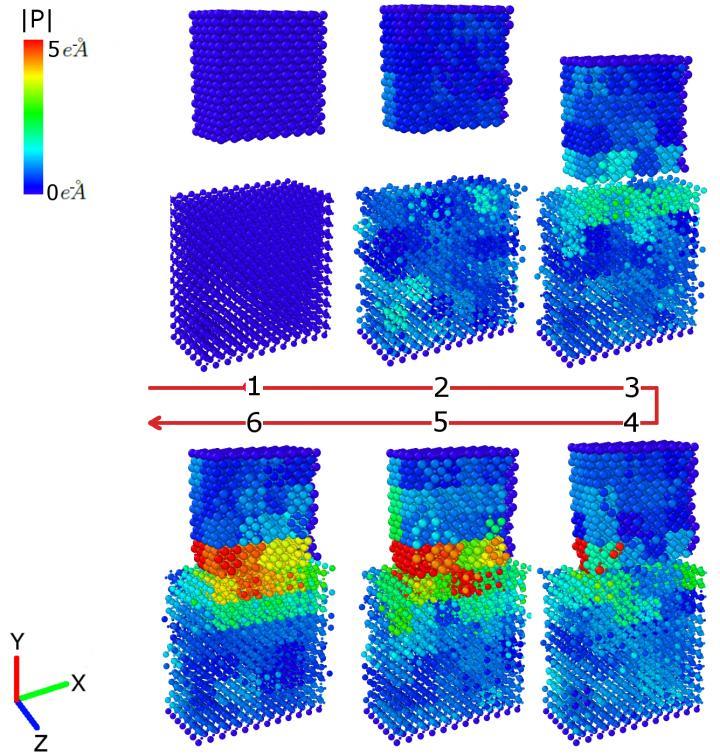"Nearly everyone has zapped their finger on a doorknob or seen child's hair stick to a balloon. To incorporate this [static] energy into our electronics, we must better understand the driving forces behind it," says James Chen, PhD, assistant professor in the Department of Mechanical and Aerospace Engineering in the School of Engineering and Applied Sciences at the University at Buffalo.
The researchers believe the cause of this hair-raising phenomenon is tiny structural changes that occur at the surface of materials when they come into contact with each other. The finding could ultimately help technology companies create more sustainable and longer-lasting power sources for small electronic devices.
Supported by a $400,000 National Science Foundation grant, Assist Prof Chen and Zayd Leseman, PhD, associate professor of mechanical and nuclear engineering at Kansas State University, are conducting research on the triboelectric effect, a phenomenon wherein one material becomes electrically charged after it contacts a different material through friction. "Triboelectrification or contact electrification have been known since ancient Greece time," Assist Prof Chen tells NE. "It is referring to the phenomenon that when two dissimilar materials come into contact, certain material tends to be electrically charged and static electricity accumulates on the surface."
| How the surfaces of magnesia (top block) and barium titanate (bottom block) respond when they come into contact |
"The friction between your fingers and your smartphone screen. The friction between your wrist and smartwatch. Even the friction between your shoe and the ground. These are great potential sources of energy that we can to tap into," Assist Prof Chen says. "Ultimately, this research can increase our economic security and help society by reducing our need for conventional sources of power."
"We all have the experience of urgently needing somewhere to charge our phone. Some people use portable battery pack and others rely on power banks," Assist Prof says. "But if we can charge our electronics through swiping the screen or walking, this essentially solves the battery (which is usually the heaviest component in an electronics) problem. We can then have a lighter electronic device, which will never run out of power. On the same token, if we can charge the electronics through walking, that also encourages exercise in our daily life."
The goal for the researchers is to understand how the charge transfer occurs during the contact or what the electrification is during contact. "Although this phenomena has been known for long time, we still do not know everything happening during the process, that is, what drives the charge move across the gap and accumulate on the surface? Each surface lattice at its perturbed state (after contact) in the materials forms a dipole. It is known that a dipole induces an external field affecting its surrounding materials. We hypothesise that this induced field is the driving force behind triboelectrification," adds Assist Prof Chen.
He continues: "Our molecular dynamics simulation results are consistent and agree with existing experimental observations by other researchers. We are constructing an apparatus of atomic force microscopy and scanning Kelvin probe microscopy for further quantify the amount of energy we can harvest during the contact. We will perform a series of simulation-lead experiments to answer this century-old question and create a system to increase the welfare of the modern daily life."
The research Assist Prof Chen and Assoc Prof Leseman conduct is a mix of disciplines, including contact mechanics, solid mechanics, materials science, electrical engineering and manufacturing. With computer models and physical experiments, they are engineering triboelectric nanogenerators (TENGs), which are capable of controlling and harvesting static electricity.













